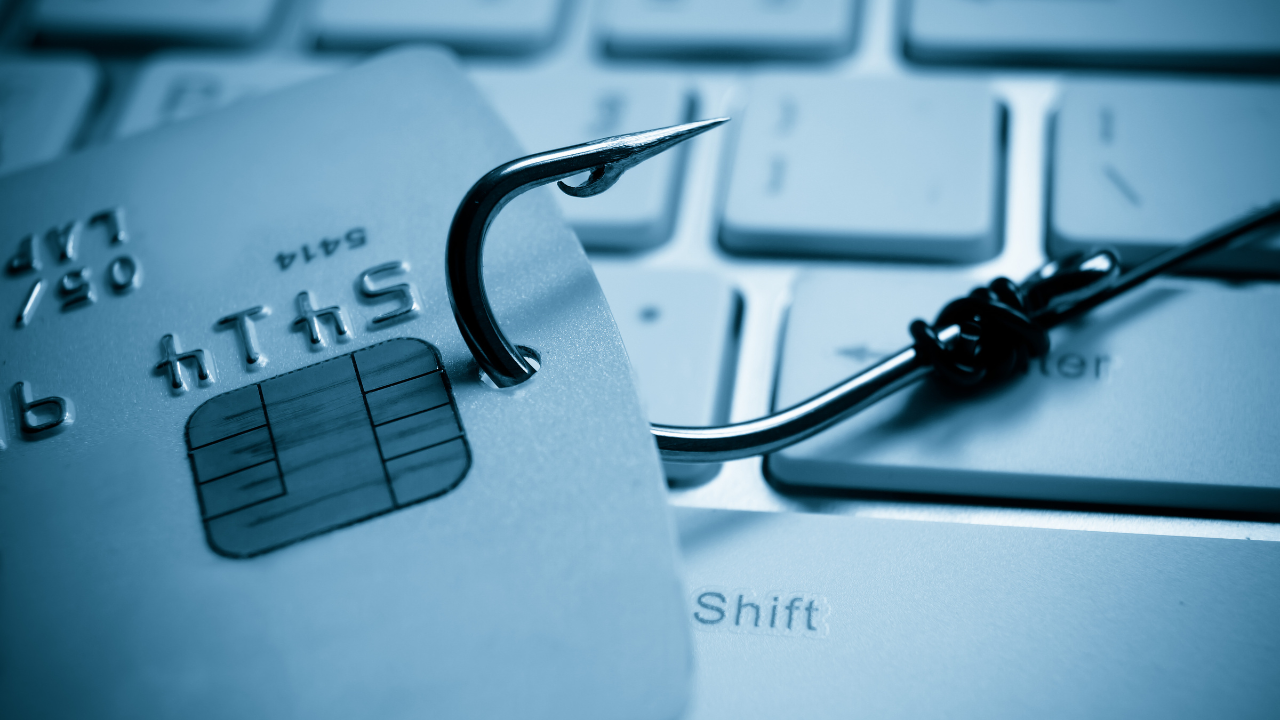- Cybersecurity
Fraud and Scams: What's New and What Are Common Types to Lookout For

Jon Erdmann
Chief Information Technology Officer

There are a wide variety of scams and fraud that circulate daily. Learn what to watch for, and what steps to take to keep yourself and others safe. Here are a few newer ones and some of the most common types.
Newer Scams Circulating
Multi-Factor Authentication (MFA) Alerts
If cybercriminals figure out your login credentials for an account, they can send you repeated MFA notifications. The cybercriminals hope that you will eventually approve a notification to stop the notifications from sending.
Banker's Tip: If you receive a notification from an account that you aren’t trying to log in to, change your username and password right away!
Person-To-Person (P2P) Payments
Scammers are using person-to-person payment apps like Zelle, Venmo, PayPal, or CashApp to sell or pay for services, tickets, merchandise, etc. but you will never receive the item or money.
Example: You’re selling concert tickets to someone. You receive a confirmation email that the person buying the tickets paid you through Venmo, but they sent you too much money. The person buying will then ask for a refund of the difference, you then Venmo them back, only to realize that the confirmation email was fraudulent, and they never paid you in the first place.
Banker's Tip: If you receive a payment confirmation email from a payment app, login to your account and verify the funds have been received. Scammers can replicate fake emails to look legitimate and convince you that you received the money.
Common Types of Fraud + Scams
Phishing
The fraudulent practice of sending emails impersonating well-known companies to induce individuals to reveal personal information, such as passwords and credit card numbers.
Banker's Tip: Treat all unsolicited emails and spam as suspicious - do not open or reply. To avoid loading malicious software onto your computer or device, never click a link – even from a trusted source – unless you've verified its authenticity.
Spoofing
This is a type of scam in which a cyber-criminal disguises an email address, display name, phone number, text message, or website URL to convince a target that they are interacting with a known, trusted source. Spoofing often involves changing just one letter, number, or symbol of the communication so that it looks valid at a quick glance.
Example: You receive an email from someone who replicated an email from your financial institution, prompting you to change your digital banking password. Once you click the link and "update" your login information, the fraudster now has your login credentials.
Fake Checks or Money Orders
In a fake check scam, a person you don’t know asks you to deposit a check and send some of the money to another person. These checks can be for several thousand dollars and are usually for more than you are owed. Sometimes, the scammer is even someone you know or sold something to.
They may look like business or personal checks, cashier’s checks, money orders, or a check delivered electronically.
Banker's Tip: If you receive a check from someone that you are unsure about, we can assist you in calling the financial institution the check is drawn off and verify the funds.
Gift Cards
A telltale sign of a scam is if someone asks you to make a payment with a gift card. Many scammers prefer this form of payment because it is non-refundable and hard to trace. Some scammers may even send you a fake check and ask you to send funds back to them in gift cards.
Example: You sell someone a painting you made for $250, and they are going to send you a check. You receive the check and realize that they made the check out for $400.00. They tell you that you can cash or deposit the check for the full amount, then send them electronic gift cards back for the difference. You deposit the check then get $150.00 in gift cards. After you send them the gift cards, your bank calls you and tells you that the check you deposited is fake and the funds need to be withdrawn.
Fraudsters are always trying to find new and creative ways to gain access to your accounts or get money. Be cautious and careful whenever you receive a suspicious email, text, call, check, etc.
If you are ever having second thoughts, contact us at 701.364.2020 or cs@visionbanks.com and we will help you determine if it is a scam or fraud.
Report Fraud + Scams
Did you receive a text, call, or email about your VISIONBank account that was suspicious? Fill out the form below to report it!
** Reminder, if you have given out any sensitive information (account number, debit card number, Social Security number, or digital banking credentials please contact us immediately at 701.364.2020. **